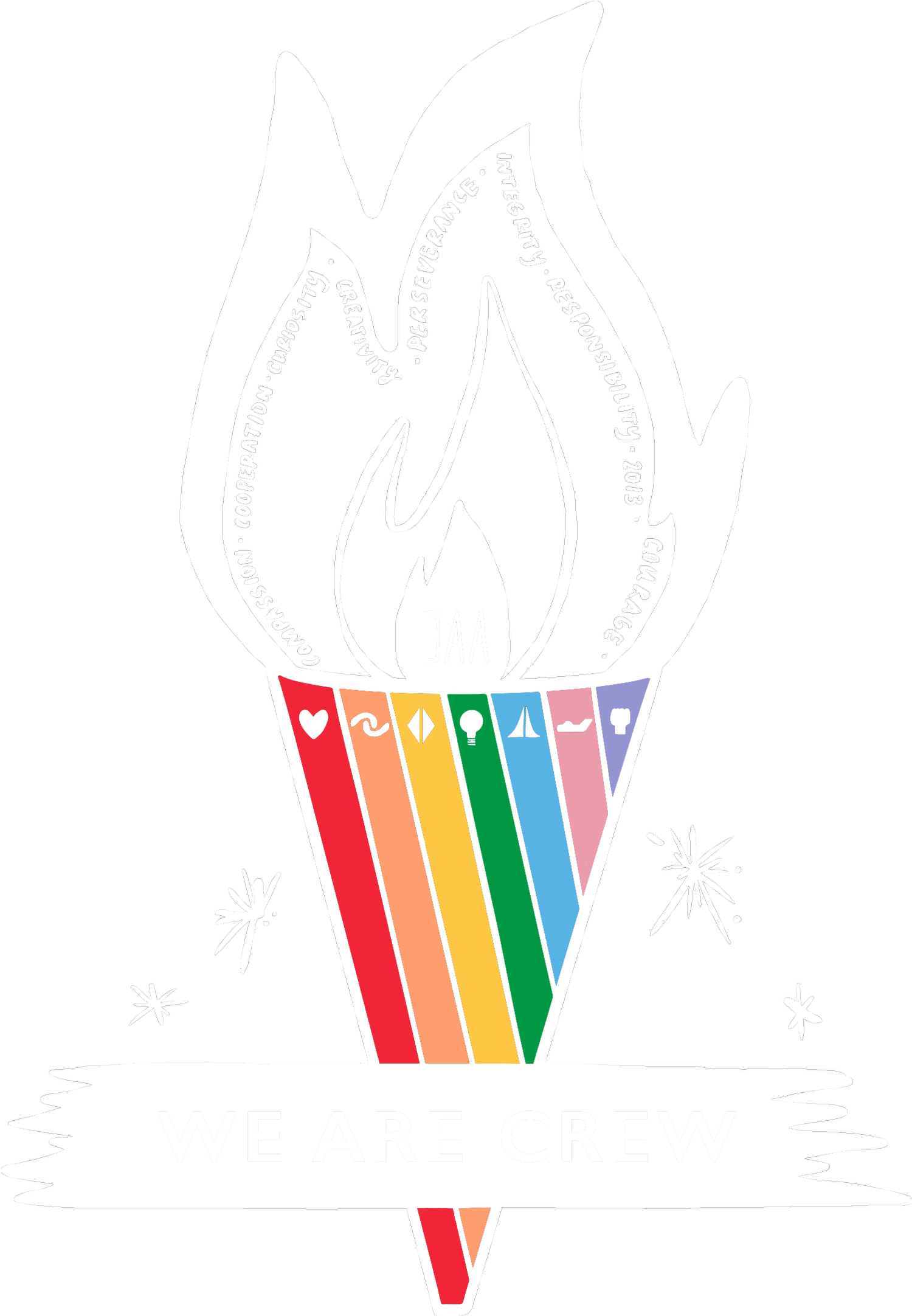1st Grade & Reading Strategies
 Reading has always been a passion of mine. I love the feeling of getting lost in books! So nurturing a love of reading among my students is a top priority in my classroom. Appropriate level books that engage and excite my students help accomplish this goal. Witnessing the magic when children first learn how to turn groups of letters into meaningful words is amazing!
Reading has always been a passion of mine. I love the feeling of getting lost in books! So nurturing a love of reading among my students is a top priority in my classroom. Appropriate level books that engage and excite my students help accomplish this goal. Witnessing the magic when children first learn how to turn groups of letters into meaningful words is amazing!
My first-grade students, who know how to read simple texts with familiar sight words, are just completing one of their most essential reading units. They’re learning reading strategies to figure out tricky words while becoming flexible proactive readers. When students come face to face with words they don’t understand—or tricky words, they can easily become discouraged. That’s why I teach several strategies to help keep them engaged.
These word-deciphering strategies include using the picture for clues—for example, if the word stumping them is ‘elephant’ and an elephant is pictured, students can use the picture to solve the word by looking at the beginning sound and connecting it to the picture they recognize. Another strategy is to look for small words inside of big tricky words. When students see part of a word they know, they can use that part to help figure out the word—for example, if student sees the tricky word 'little' they can find the small word they can already read—‘it’ inside the bigger word. This makes it easier for them to solve the word. A third strategy students can use is to break-up the word into beginning, middle, and end chunks, say the sound of each part slowly, and eventually blend all the sounds together to form the word.
I pair students with reading partners who encourage each other to use one or more of the approaches, rather than just telling each other the words. By the end of this unit, students will be able to identify the strategies they use most often to figure out tricky words. Because I teach students several different ways to figure out tricky words, when they read on their own they can choose the one that best helps them discover the word’s meaning.
Eventually, these approaches become second nature for students. Once students can solve tricky words, they begin to read for the overall meaning of the text, making reading even more exciting and pleasurable than ever before! When reading becomes enjoyable for students, they’re on their way to developing a life-long love of reading books!
